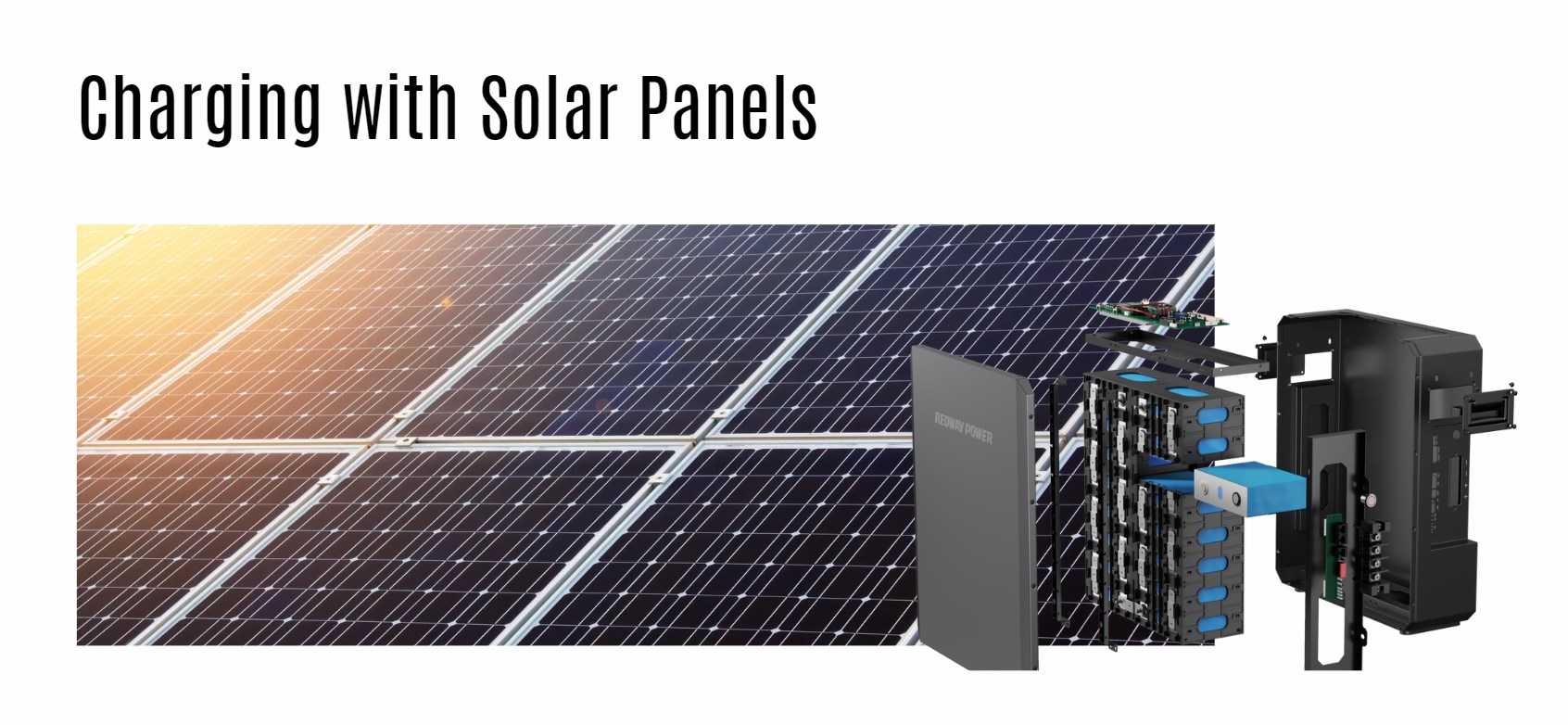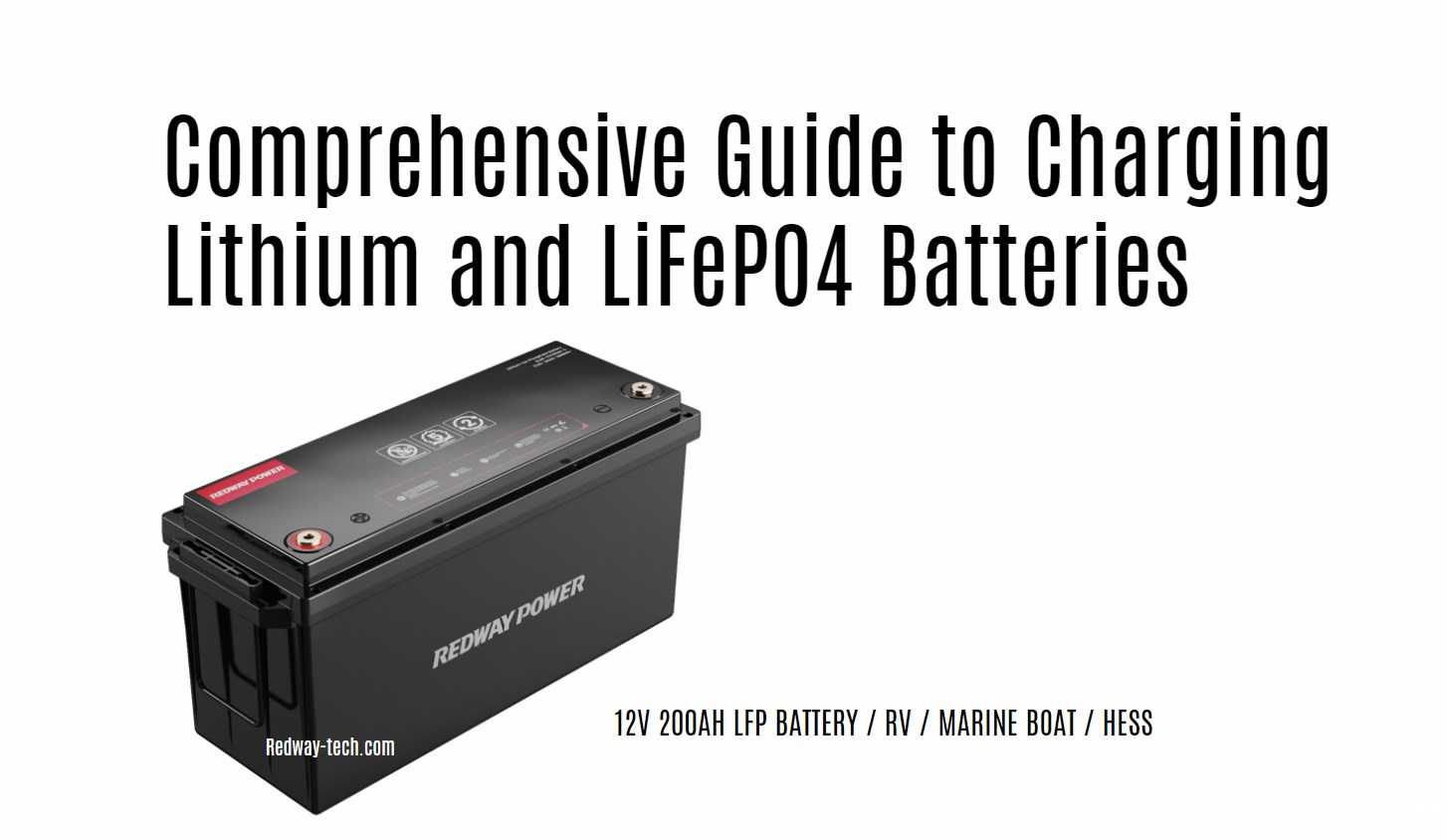Welcome to our ultimate guide on charging lithium and LiFePO4 batteries. This article provides detailed instructions, best practices, and essential knowledge to ensure your batteries are charged efficiently, safely, and effectively. Our goal is to help you maximize the lifespan and performance of your lithium batteries, whether you are using them in vehicles, solar power systems, or other applications.
Understanding Lithium and LiFePO4 Batteries
What Are Lithium and LiFePO4 Batteries?
Lithium-ion batteries are a type of rechargeable battery commonly used in various electronic devices and vehicles. Lithium Iron Phosphate (LiFePO4) batteries are a specific subtype of lithium-ion batteries known for their safety, thermal stability, and longer lifespan.
Charging Lithium and LiFePO4 Batteries
Do You Need a Special Charger for Lithium Batteries?
Yes, lithium and LiFePO4 batteries require a specific charger designed to provide the appropriate voltage and charging profile. Standard lead-acid battery chargers are not suitable as they do not deliver the required higher voltage and precise control needed for lithium batteries.
Recommended Voltage for Charging
- LiFePO4 Batteries: Charge at 14.4 – 14.8 Volts.
- NMC (Nickel Manganese Cobalt) Batteries: Similar voltage range as LiFePO4.
Using a charger that delivers these voltages ensures that your lithium batteries reach their full capacity and perform optimally. Lead-acid chargers typically only charge lithium batteries to 60-80% of their capacity.
Choosing the Right Charger Brand
For optimal performance, we recommend using chargers specifically designed for LiFePO4 batteries. Some reliable brands include:
- Redway Power Lithium Chargers: Provide optimal voltage and undergo rigorous quality control.
- Victron Energy: Known for their efficient and reliable chargers.
- Battle Born: Offers robust chargers designed for LiFePO4 batteries.
Charging with Solar Panels

Direct Connection for Small Panels
For solar panels less than 60 watts, you can directly connect the panel to the battery. The Battery Management System (BMS) will prevent overcharging.
Using a Solar Charge Controller
For larger solar setups (100 watts or more), a solar charge controller is essential. The controller optimizes the voltage and increases charging efficiency. Recommended models include:
- Victron SmartSolar MPPT 75/15
- Renogy Rover MPPT
Solar Panel Size for Charging
Here’s a size chart for recommended solar panel capacities to charge different lithium batteries:
| Battery Size (Ah) | Recommended Solar Panel Capacity (Watts) | Solar Charge Controller |
|---|---|---|
| 12V 7Ah | 20 | None |
| 12V 10Ah | 50 | None |
| 12V 23Ah | 50 | None |
| 12V 54Ah | 100-200 | 15 Amp MPPT |
| 12V 100Ah | 100-200 | 15 Amp MPPT |
| 12V 200Ah | 200 | 15 Amp MPPT |
| 12V 400Ah | 300 | 15 Amp MPPT |
Charging with Onboard Chargers
Onboard chargers can be used if they have a lithium setting or can be set to 14.4V. For marine or AGM onboard chargers without a lithium setting, they will not fully charge the battery.
Charging with Alternators
Lithium and LiFePO4 batteries designed for automotive use can be charged directly by an alternator. However, for deep cycle batteries, a DC-DC charger is recommended to prevent damage and ensure proper charging.
Why Use a DC-DC Charger?
DC-DC chargers regulate the alternator’s power output to match the battery’s charging needs. They prevent overcharging and potential damage to both the battery and the alternator.
Battery Maintenance and Troubleshooting
Should You Use Float Chargers or Battery Maintainers?
No, float charging or maintaining is not recommended for lithium batteries. They should be disconnected once fully charged to prevent metal plating and reduced lifespan.
Checking Charging Status
Use the indicator lights on your charger. Typically:
- Red Light: Charging
- Green Light: Fully charged
Troubleshooting Charging Issues
If your battery isn’t charging:
- Check Voltage: Use a voltmeter to test the battery and charger.
- Reset BMS: If the voltage is <1V, the BMS may have triggered. Connect to a lithium-specific charger to reset.
Battery Specifications and Performance
Voltage Levels
- Fully Charged: 14.4V
- Discharging: Steady from 13.4V to 12.8V, then drops rapidly at end.
Battery Management System (BMS)
The BMS monitors and manages charging, discharging, and safety protections. It prevents overcharging, overheating, and short circuits.
Resetting BMS
To reset, connect to a lithium charger. This will re-activate the battery and allow it to recharge.
Calculating Run Time
To estimate run time:
Run Time (hours)=Battery Capacity (Ah)Power Draw (A)\text{Run Time (hours)} = \frac{\text{Battery Capacity (Ah)}}{\text{Power Draw (A)}}Run Time (hours)=Power Draw (A)Battery Capacity (Ah)
Operating and Storage Conditions
Temperature Ranges
- Discharging: Safe below freezing, with up to 70% power output.
- Charging: Optimal in ambient temperatures up to 149°F.
Storage
Store batteries in a cool, dry place. They have a low self-discharge rate (<5% per month), so long-term maintainers are unnecessary.
Conclusion
Properly charging and maintaining your lithium and LiFePO4 batteries is crucial for ensuring their longevity and performance. By using the correct chargers, monitoring charging status, and following recommended practices, you can make the most out of your battery investments.




